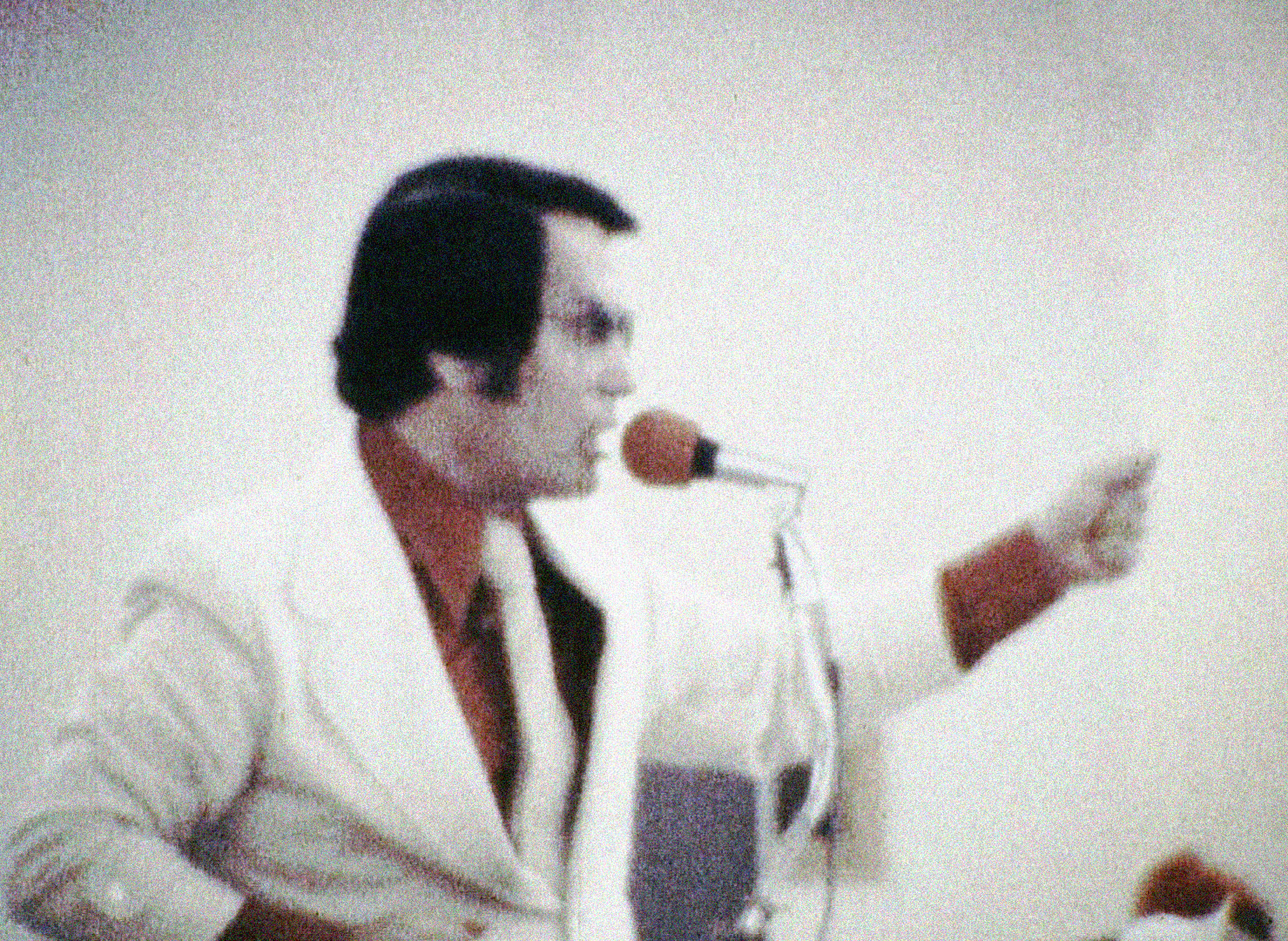
Photo credit: Courtesy of NatGeo/Disney
November 18, 1978: Over 900 people, including women and children, died after ingesting cyanide-laced poison per the manipulative and mandated instructions of Jim Jones, founder and leader of The Peoples Temple, a cult that gained notoriety due to these tragic events in Jonestown, Guyana.
This event, known as The Jonestown Massacre, remains one of the largest loss of American civilian life in a deliberate act until the September 11 attacks. To illuminate the dynamics of cults, the perils of unchecked charismatic leadership and the profound repercussions of ideological extremism and mass manipulation, National Geographic’s series “Cult Massacre: One Day in Jonestown” launched on Hulu June 17th. It airs on Nat Geo cable channel on Aug. 14th.
National Geographic calls it “The Perfect Storm.”
Hollywood on the Potomac interviewed Jackie Speier, who, as a young aide to murdered Rep. Ryan, survived multiple gunshot wounds during the Jonestown tragedy. Years later, she would occupy the same congressional seat as her late boss.
“I was 28 and I actually had premonitions about the trip,” she said. “I talked to Congressman Ryan and encouraged him to wait and not make the trip then because I was concerned about our safety. I had listened one weekend to seven or eight interviews that had been taped, interviews that had been done of defectors and they were believable and they were breathtaking in terms of the trauma that they endured and the potential risks. Having said that, Congressman Ryan thought that he had this congressional shield that protected him. As a 28-year-old in 1978, when very few women were in leadership roles on congressional staffs, I felt that if I didn’t go, I would be setting women back. And there was a male staff member from the committee that was going, so I decided I would go. I put Congressman Ryan’s (?) in the top drawer of my desk and I had a note to my parents that I left. After the fact, it was kind of difficult to read. I was young, but not ignorant about the potential risks associated with the trip.”

Former Legal Aide to Congressman Ryan Jackie Speier poses for a portrait during an interview for “Cult Massacre: One Day in Jonestown.” She traveled to Jonestown with Congressman Ryan in 1978. (National Geographic/Xiao Hou)
“What prompted me to go ahead? I mean, it was my job. I didn’t want to look like I was somehow a limp, uncommitted staff person and that women had to step up and do the job. So that’s why I did the trip. It was tense. I was responsible for trying to negotiate an invitation to get to Jonestown. It was on again, off again for a number of days. They didn’t want certain family members to actually see their children. They let siblings come and you do what you have to do at the time. But even after the whole environment blew up that there was such a tense atmosphere, there were people that wanted to leave. We were putting people onto the dump truck to get them out of there. And even after the knifing attempt on Congressman Ryan, at least we’re getting out of there. We thought that we were on the road to safety, but we had no idea what was about to befall us.”
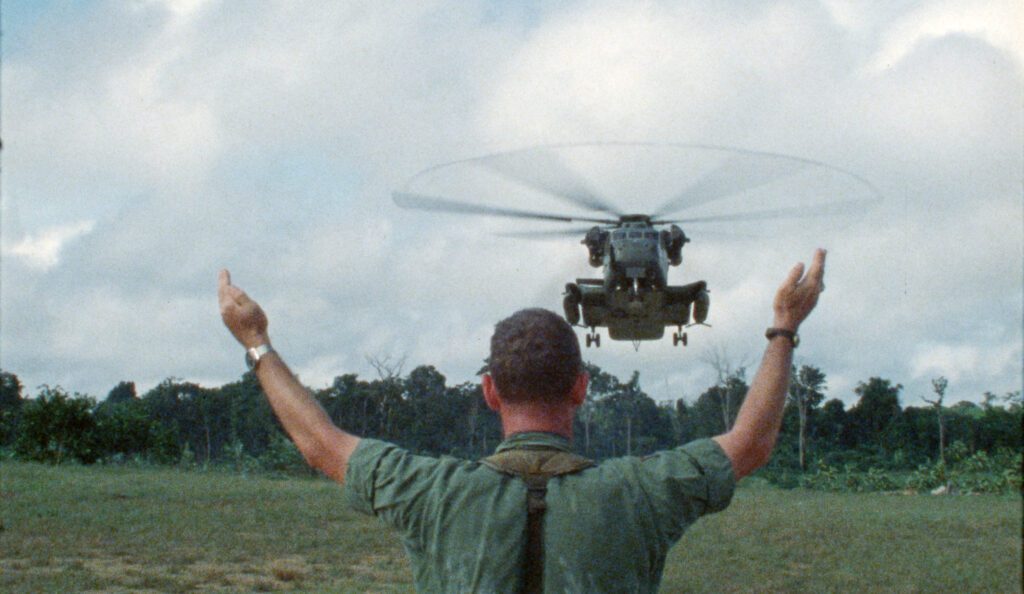
A military air traffic controller directs a helicopter landing in Guyana. (National Archives and Records Administration)
“I’ve talked about Jonestown over the last 40 years on and off. I was impressed by National Geographic’s commitment to do a deep dive into archival material. I have now watched the documentary and I’ve been very impressed. I’ve seen video that I’ve never seen before. So I think it’s important for my voice to be part of the discussion because obviously Congressman Ryan was assassinated that day and there’s many messages to learn from that horrific event, one of which is The State Department didn’t do its job, that it has a responsibility to protect American citizens abroad. It basically provided briefings to us that suggested that everything was perfectly normal there and the truth couldn’t be farther from that. They even had defectors who sought shelter at the Embassy in Georgetown Guyana and then provided substantial information about what was going on in Jonestown. And again, they did nothing. So that’s one lesson to learn.”
“The other is that local law enforcement in San Francisco were told about problems at The People’s Temple – complaints that had been lodged. And yet, because Jim Jones was so connected with the political superstructure and had 2,500 congregation members that would go out and walk precincts for any of these elected officials, they too turned the other way when these complaints were filed. So I took a Congressman who lived slightly outside of San Francisco who had constituents whose young adult children had become involved in The People’s Temple and they reached out to Congressman Ryan, as did the Concerned Relatives Group. He took their pleas seriously and decided that he was going to go down and observe it firsthand.”
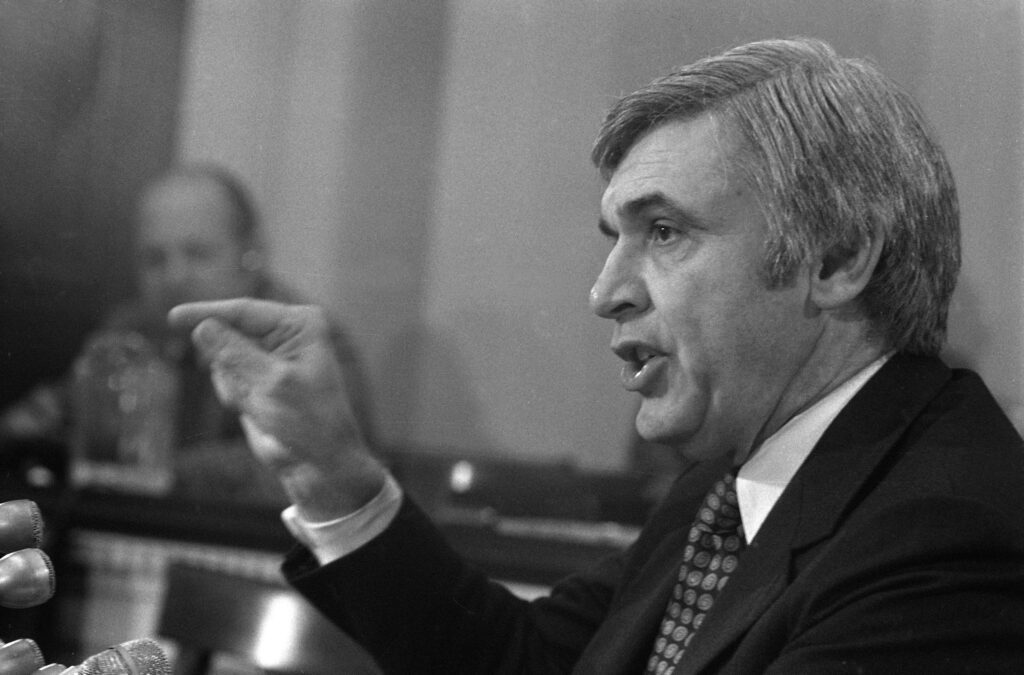
Congressman Leo Ryan speaks during a conference in Washington, D.C. Ryan was one of the five people killed at an attack by members of the Peoples Temple in Guyana after he led a group to investigate reports of abuse and human rights violations by the People’s Temple and its leader, Jim Jones. (Charles Gory/The Associated Press)
“There was video of bringing the flag drape casket of Congressman Ryan off of a plane that I had never seen before. There was some video of me moving from one place to another that I had never seen before. There was some other video that doesn’t come to mind right now, but I certainly feel that National Geographic did an extraordinary job of giving us some minute by minute diary of what happened.”
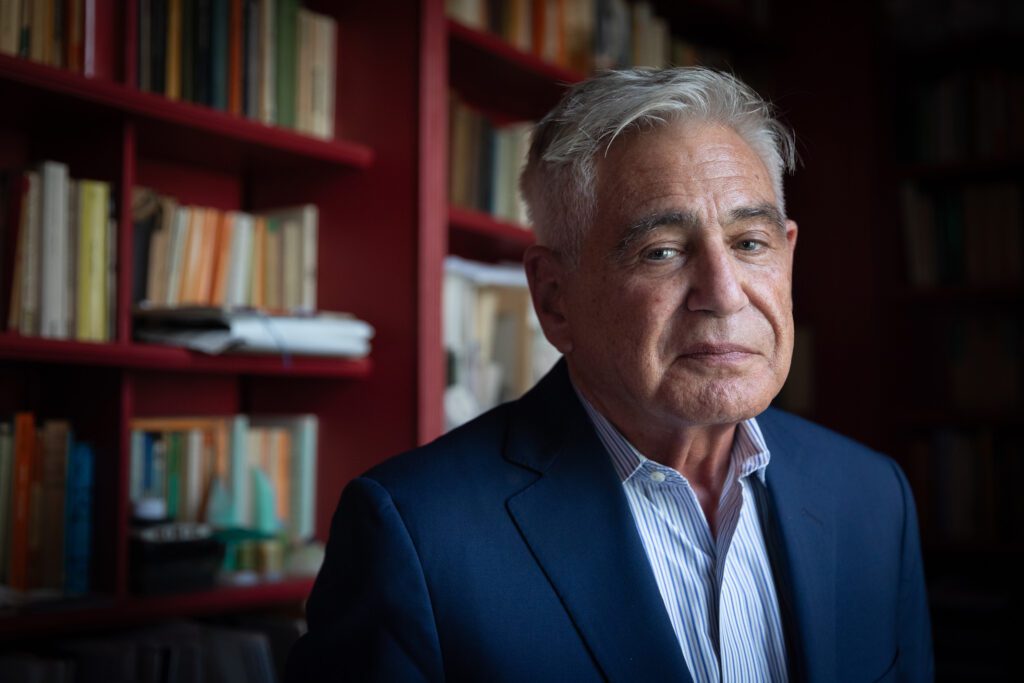
Former Washington Post reporter Charles Krause poses for a portrait during an interview for “Cult Massacre: One Day in Jonestown.” (National Geographic/Jemma Cox)
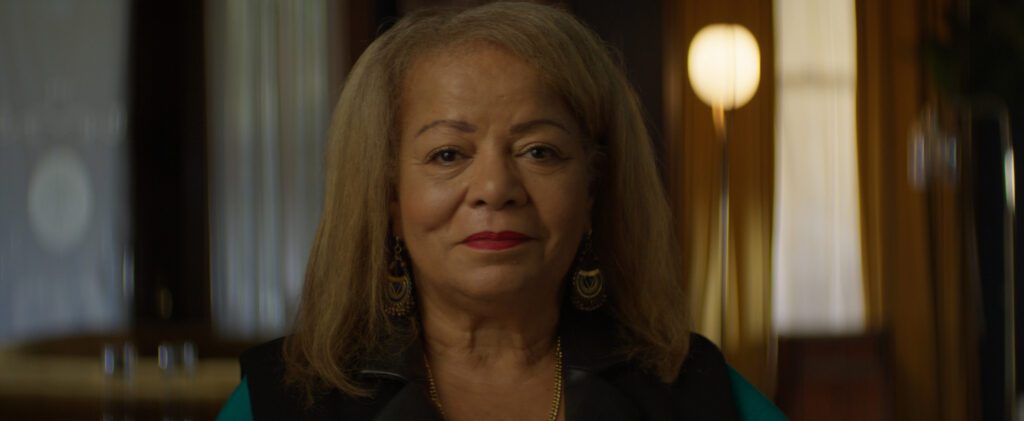
Former Peoples Temple member Leslie Wagner-Wilson is interviewed for “Cult Massacre: One day in Jonestown.” (National Geographic)
Q: “You mentioned that The State Department personnel and other people were probably faulty in their jobs. Are there any new laws in effect and what will make the difference if the same thing happens?”
“I think the documentary is important. There’s a whole generation of people that have grown up not having lived through Jonestown. Jonestown was one of those situations that people remember exactly where they were when they heard about it. But for those that were born after that and grew up after that, they might have no recollection whatsoever about it. So I think this documentary will give them the sense that this was indeed a profound tragedy that impacted many Americans and is worth recognizing that if you are joining a church because you appreciate the message, you’ve got to be cognizant that if any behavior goes on that crosses the line that you’re no longer in a church, you’re in a cult, or if it is a church, you should be reporting that conduct to the authorities because we can’t allow that to go on.”
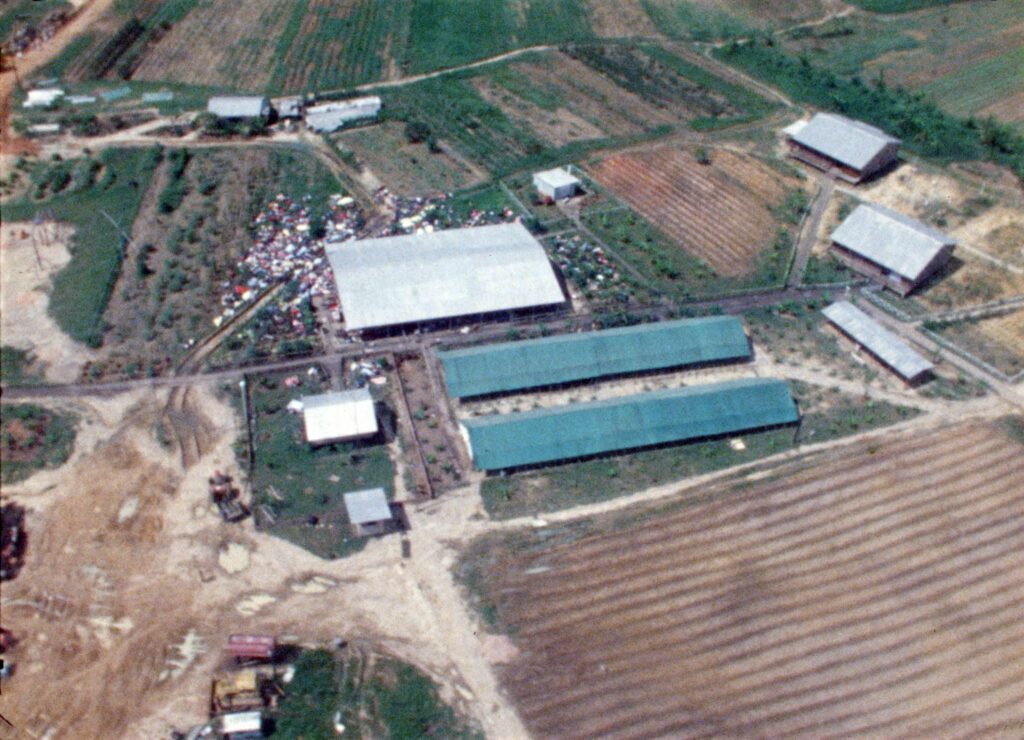
The Peoples Temple compound is seen in aerial view as helicopters approach Jonestown. (National Archives and Records Administration)
“It’s had a profound impact on my life. I mean, as I was lying on that airstrip for 22 hours, wondering if I was going to live or die, I made a commitment that if I survived, I would spend the rest of my life in public service, which I have done for six years on the Board of Supervisors locally, 18 years in the state legislature in California, 15 years in Congress. And I’m actually going back to serve on the Board of supervisors in my county in January because public service just runs in my veins. The silver lining of this horrific experience was that I survived and I wanted not to be a survivor of Jonestown, I wanted to be a door that opened that gave me the opportunity to do something. There was obviously a purpose to my surviving. My whole right leg was blown up, but the femoral artery wasn’t severed which would’ve led to death in 90 seconds had that happened. So it was a call to action for me personally and I feel very grateful that I’ve had these years since to live and I’ve attempted to do good with them.”
Jim Jones is remembered as one of history’s most notorious cult leaders whose ability to manipulate and control his followers led to this catastrophic and tragic end. The Peoples Temple and Jonestown serve as a cautionary tale about the dangers of unchecked charismatic leadership, ideological extremism, and the potential for mass manipulation and violence within cults. Jim Jones’ legacy continues to provoke study and debate about the psychology of cults, the dynamics of power and control and the vulnerabilities that can lead people to follow such charismatic leaders to their own detriment.